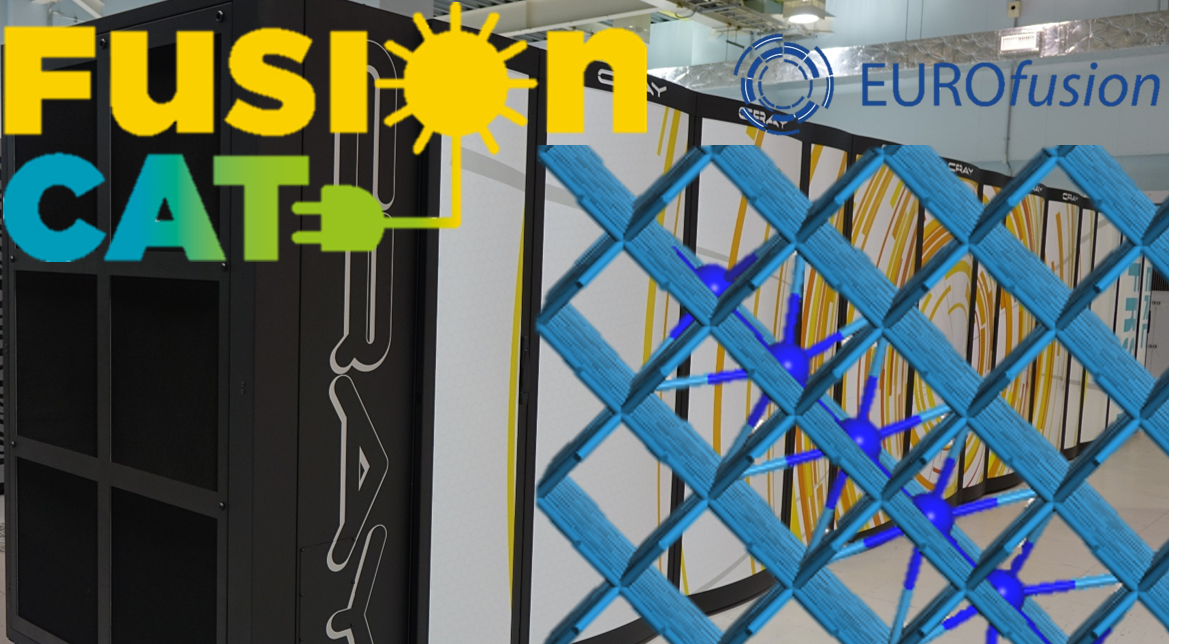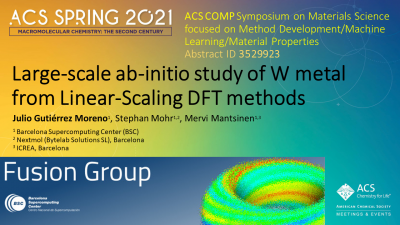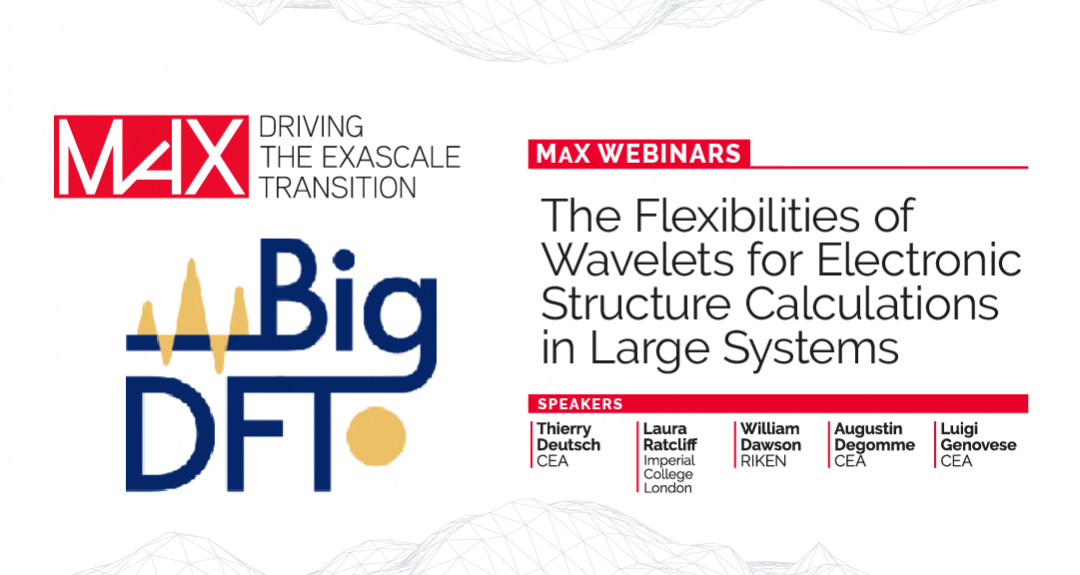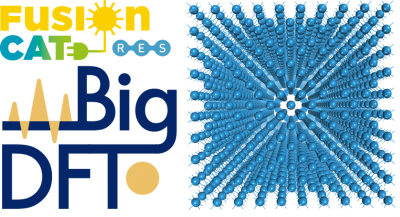
We are glad to announce that a joint EU-Japan HPC project led by the BSC Fusion Group’s researcher Julio Gutiérrez has been recently granted 350K node-h (14,000,000 core-h). The project will run over one year on the Japan Fusion Reactor Simulator (JFRS-1), located at the Computational Simulation Centre of the International Fusion Energy Research Centre (IFERC-CSC) in Rokkasho (Aomori, Japan).





